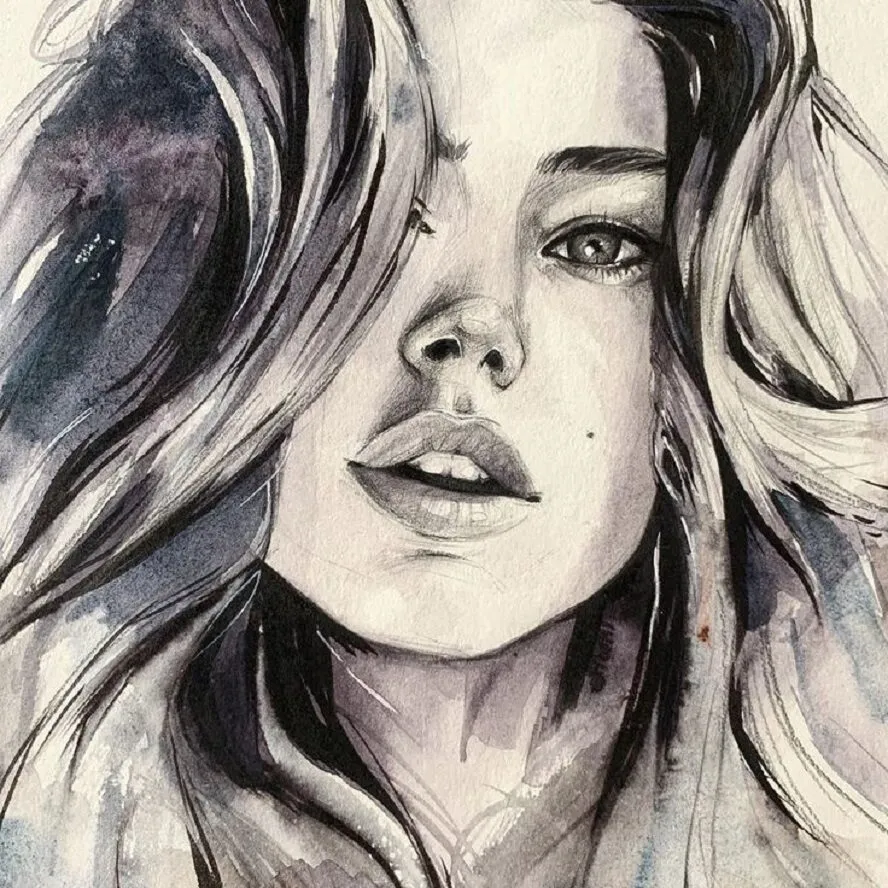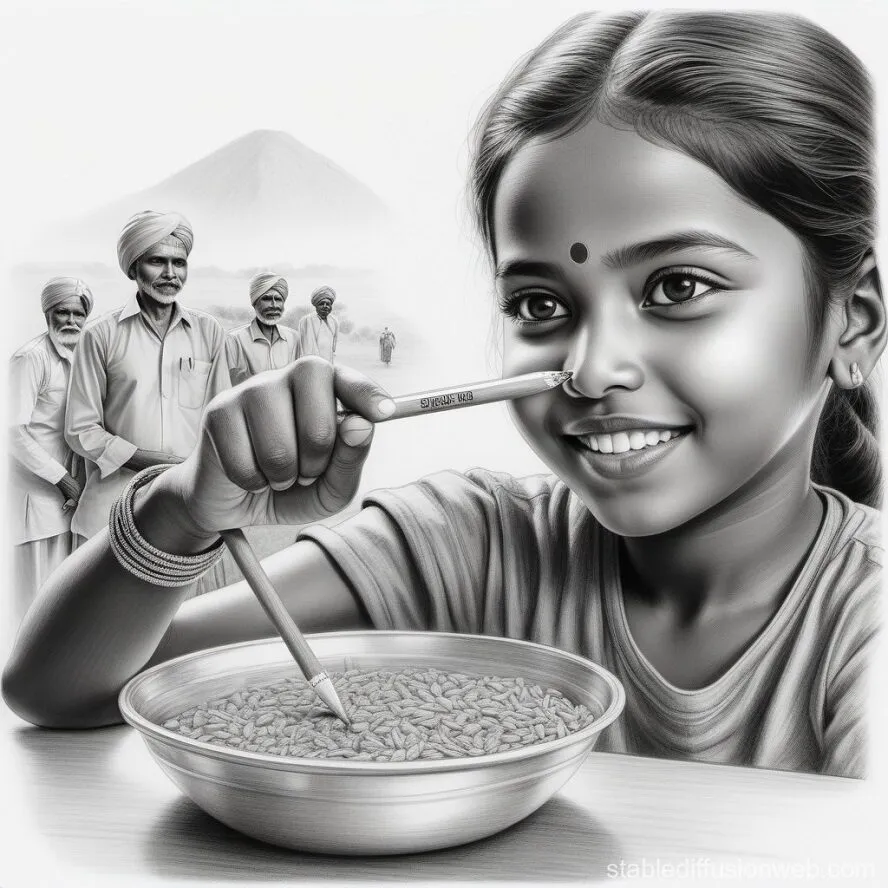Hand-drawn paintings are one of the oldest and most beloved forms of art in the world. From the first strokes on cave walls to modern masterpieces, hand-drawn paintings have played a significant role in conveying human emotions, ideas, and culture. Despite technological advancements, hand-drawn paintings retain a special charm, offering a sense of closeness and personalization to viewers.
History and Development
Early Periods
Hand-drawn paintings originated in prehistoric times when humans began expressing themselves through simple images using natural pigments. These paintings often depicted daily life, worship of deities, or significant events. The cave paintings in Lascaux, France, and Altamira, Spain, are prime examples of hand-drawn art from this period.
Development Across Cultures
Hand-drawn art flourished across various cultures. In ancient Egypt, hand-drawn paintings were used to decorate tombs and record historical events. In Asia, hand-drawn art forms such as Chinese ink paintings and Japanese sumi-e focused on the delicate balance between humans and nature.
Renaissance Art
The 15th and 16th centuries saw a renaissance in hand-drawn art. Renowned artists like Leonardo da Vinci, Michelangelo, and Raphael used hand-drawing techniques to create timeless masterpieces, showcasing perfection in form and content. These paintings were not only visually stunning but also conveyed profound messages about humanity and society.
Modern Art
In the 20th and 21st centuries, hand-drawn art underwent numerous transformations with the emergence of new art movements such as Impressionism, Expressionism, and Contemporary Art. Artists like Pablo Picasso and Jackson Pollock explored the expressive potential of hand-drawing to delve into the psychological and social aspects of human existence. Hand-drawn art became not just a creative medium but also a tool for expressing personal and social identity.

Hand-Drawn Techniques
Pencil Drawing
Pencil drawing is one of the most popular forms of hand-drawing. Pencils allow artists to create soft and detailed lines, from sharp strokes to blurry shapes. This technique is often used for sketching and shaping objects realistically.
Watercolor Painting
Watercolor is a flexible drawing material that allows artists to create gentle and ethereal color effects. Watercolor techniques are commonly used to depict nature, landscapes, and beautiful moments in life. Artists can adjust the intensity of the colors by varying the amount of water, creating diverse shades.
Acrylic Painting
Acrylic paint is a fast-drying medium that allows artists to create flexibly and diversely. With its strong adhesion to various surfaces, acrylic paint is widely used in hand-drawn paintings. This technique enables artists to create thick, bold layers of color, adding depth and brightness to their works.
Oil Painting
Oil paint is a classic drawing medium, renowned for its vibrant colors and durability. Oil painting techniques are often used to create highly detailed works, allowing artists to express emotions and light with subtlety. Oil paint typically takes longer to dry, giving artists time to modify and develop their works over an extended period.
Significance and Impact of Hand-Drawn Paintings
Creative Freedom
Hand-drawn paintings provide artists with creative freedom, allowing them to express thoughts and emotions without being constrained by rules or limits. This creates a space for exploration and innovation, where artists can seek their personal identity.
Emotional Connection
Hand-drawn paintings are not just an art form but also a means of communication between artists and audiences. These works often contain deep stories and meanings, helping viewers connect with the emotions and experiences of the artist. The intimacy and authenticity of hand-drawn paintings create a special bridge between two worlds.
Cultural Preservation
Hand-drawn art also plays a crucial role in preserving culture and history. Classic paintings not only capture moments from the past but also reflect the values, beliefs, and customs of different cultures. This helps future generations understand their roots and cultural identity.
Social Impact
Hand-drawn art has the power to make a significant impact on society. Many artists use hand-drawn paintings to highlight social issues such as inequality, conflict, and environmental protection. These works not only raise awareness but also spark dialogue and action from the community.

Hand-Drawn Art in the Modern World
In today’s digital age, hand-drawn art retains its value and appeal. Many young artists combine traditional techniques with new technologies, creating unique and innovative works. Exhibitions, workshops, and drawing classes are becoming more popular, encouraging people to explore and experience this art form.
Hand-Drawn Art in Education
Hand-drawn art plays an important role in education. Many schools and art organizations incorporate hand-drawing into their curricula, helping students develop creativity and critical thinking skills. Learning to draw by hand not only improves artistic skills but also enhances observational abilities and creative thinking.
Hand-Drawn Art in Business
In the business world, hand-drawn paintings are also in demand. Many companies use hand-drawn art to create unique products, from packaging to advertising. The combination of art and commerce not only adds aesthetic value but also helps brands establish their identity.
Conclusion
Hand-drawn paintings are not just a mere art form but an integral part of human culture and life. With the development of new techniques and technologies, hand-drawn art continues to thrive and adapt to the times. Hand-drawn art provides us with wonderful experiences, helping us connect with ourselves and the world around us. Whether a professional artist or a beginner, hand-drawn paintings can always be a fantastic medium for self-expression and discovering new aspects of life.